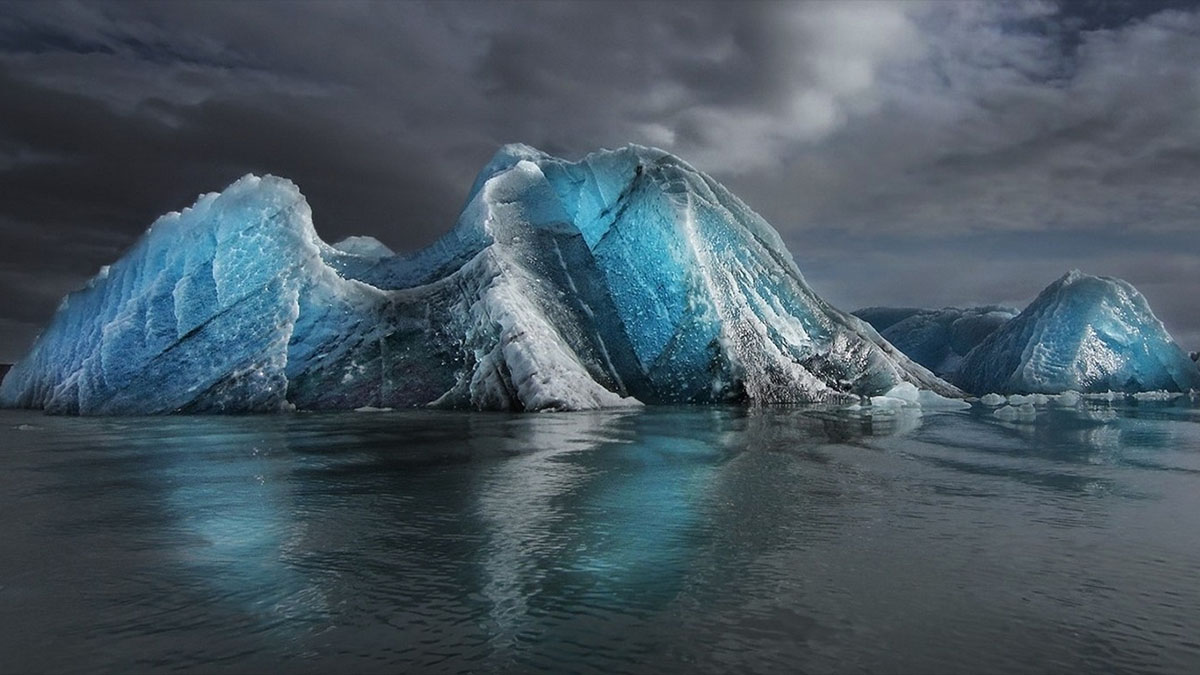antarctic ice shows us a glimpse of what may lie beyond the standard model

You might think that scientists would be celebrating the discovery of the Higgs boson and wrapping a figurative bow around the Standard Model, the theory explaining the structure and behavior of the fundamental building blocks of matter. But science doesn’t advance simply by confirming what it already knows. It only moves forward when something new or mysterious shows up on the radar, which why is particle physicists have been frustrated by their inability to move beyond the Standard Model and worried about the future of their field.
At the heart of the problem are observations and questions they can’t quite explain using the theory, but without any observable exceptions to the particles’ behaviors, there’s no basis or framework that can accurately explain what they’re seeing in a proper context. What they really needed was to see some something totally unexpected and two years ago, they got a lucky break in that regard. A NASA project called ANITA, short for Antarctic Impulsive Transient Antenna, detected two events in which cosmic rays collided with its detectors not from space, but after traveling through the Earth.
The exciting part is that cosmic rays really shouldn’t do that. At some point while traveling through thousands of miles of rock, water, diamonds, and everything else that makes up a planet, they should have collided with something and decayed. The fact that they managed to hit a cosmic ray detector essentially from the opposite direction scientists were expecting warrants further explanation and so far, to the delight of many, none of the explanations seem to fit the Standard Model’s predictions. Even more importantly, there’s evidence that IceCube, an experiment to detect neutrinos similar to ANITA, also recorded similar events.
Seeing these particles in more than one place means they’re unlikely to be an anomaly from a single device but are a genuine phenomenon that warrants further investigation. Currently, there’s no consensus on what they might be, but scientists are busy trying to collect more data, hoping that whatever these particles are, they do indeed fall outside the Standard Model and give particle physics a new direction, something beyond building a bigger collider, smashing particles even harder, and hoping something new wll fall out.





